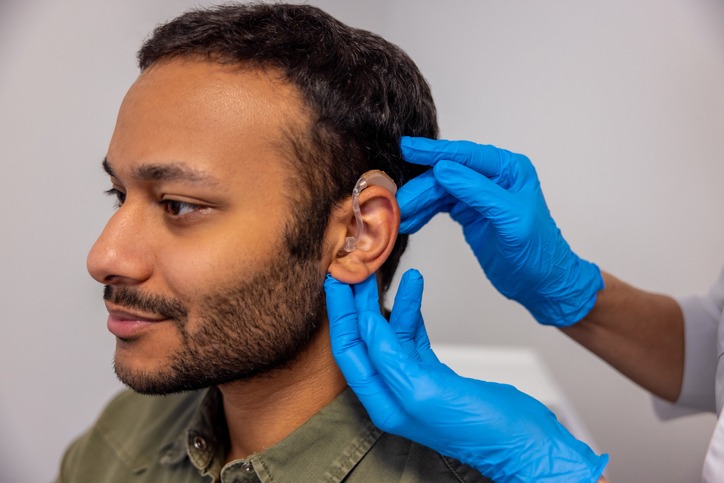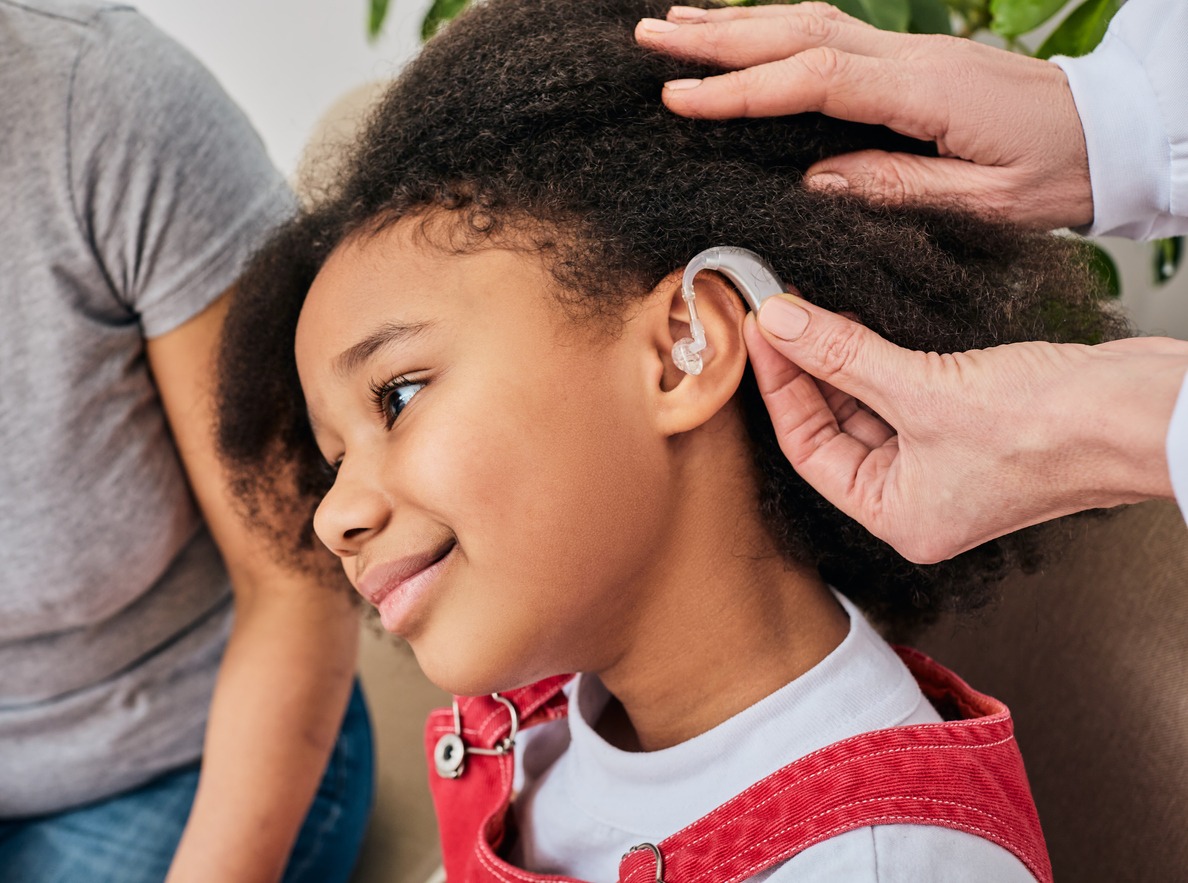Hearing aids can change a person’s life. Just as glasses allow their wearers to view the world more clearly, hearing aids enhance the user’s life and ensure they are able to communicate with those around them effectively. Whether you were born without hearing, gradually lost your hearing, or anything in between, there’s never a wrong time to turn to hearing aids, as they enable accessibility and certain freedoms. If you’re looking for high-quality hearing aids, RK Audiology is the perfect place to go.
Naturally, those who use hearing aids often prefer to wear them as much as possible to ensure there is no risk of miscommunication. However, as with other correction devices, there are limitations. Glasses, for example, can fog up when temperatures change and are difficult to wear during sports. Hearing aids are no different; there are moments where they will not be able to serve you as you need. But is coming into contact with water one of those limitations? Let’s look into whether hearing aids can get wet.
Can Hearing Aids Get Wet?
Ultimately, the answer is no; hearing aids can’t get wet. Hearing aids are essentially a small electrical device, and like any other electrical device, they should be kept away from water. Just like a phone or a laptop, exposing your hearing aids to water could damage them, thus potentially costing you thousands to repair or replace.
However, accidents and the unpredictable can happen. Perhaps you forget to take your hearing aids out to shower, or maybe you get caught in the rain. Fortunately, all hope is not lost. Let’s explore how you can save your hearing aids should they ever get wet.
How To Treat Wet Hearing Aids
If your hearing aids ever become wet, it’s important to act quickly to ensure no permanent damage is done.
- First, switch off your hearing aid immediately and remove the battery from the hearing aid.
- With a cloth, dry off the battery. Do your best to remove any trace of water from the battery.
- With the battery component empty and open, shake out the hearing aid to remove any excess water sitting inside.
- Finally, expose the hearing aid, minus the battery, to low heat to help draw out any remaining moisture. If you have a radiator or heat lamp, simply place the hearing aid on it, if possible. Place a thin layer between the heat source and the hearing aid, such as a sheet of newspaper, to ensure the heat doesn’t alter the hearing aid’s shape.
- If you don’t have a radiator, simply ensure the battery door is left open to allow the remaining droplets of water to evaporate.
An alternate way to treat your hearing aids is to use a dehumidifier. Many hearing aid owners are already in possession of a dehumidifier, as they help maintain hearing aids, so ideally, this will not be difficult to locate. Typically, dehumidifiers are used to remove any humidity from the hearing aids, dry out any wax, and eliminate any bad smells or bacteria.
Once you have removed and dried your battery, as described above, you would place both your hearing aid and the battery in the dehumidifier. Keep them in the system for approximately 24 hours, or three to four drying cycles.
Regardless of the method you choose, you will be able to determine whether you were successful in drying out your hearing aids by placing a new battery inside. Ideally, your hearing aids will work perfectly, and you won’t have to worry about replacements or repairs. However, if the problem has not been resolved, consider sending them away for repairs to Staten Island audiological services. Warranties are often available, but if they’re not, repairing is the more cost-effective option.


